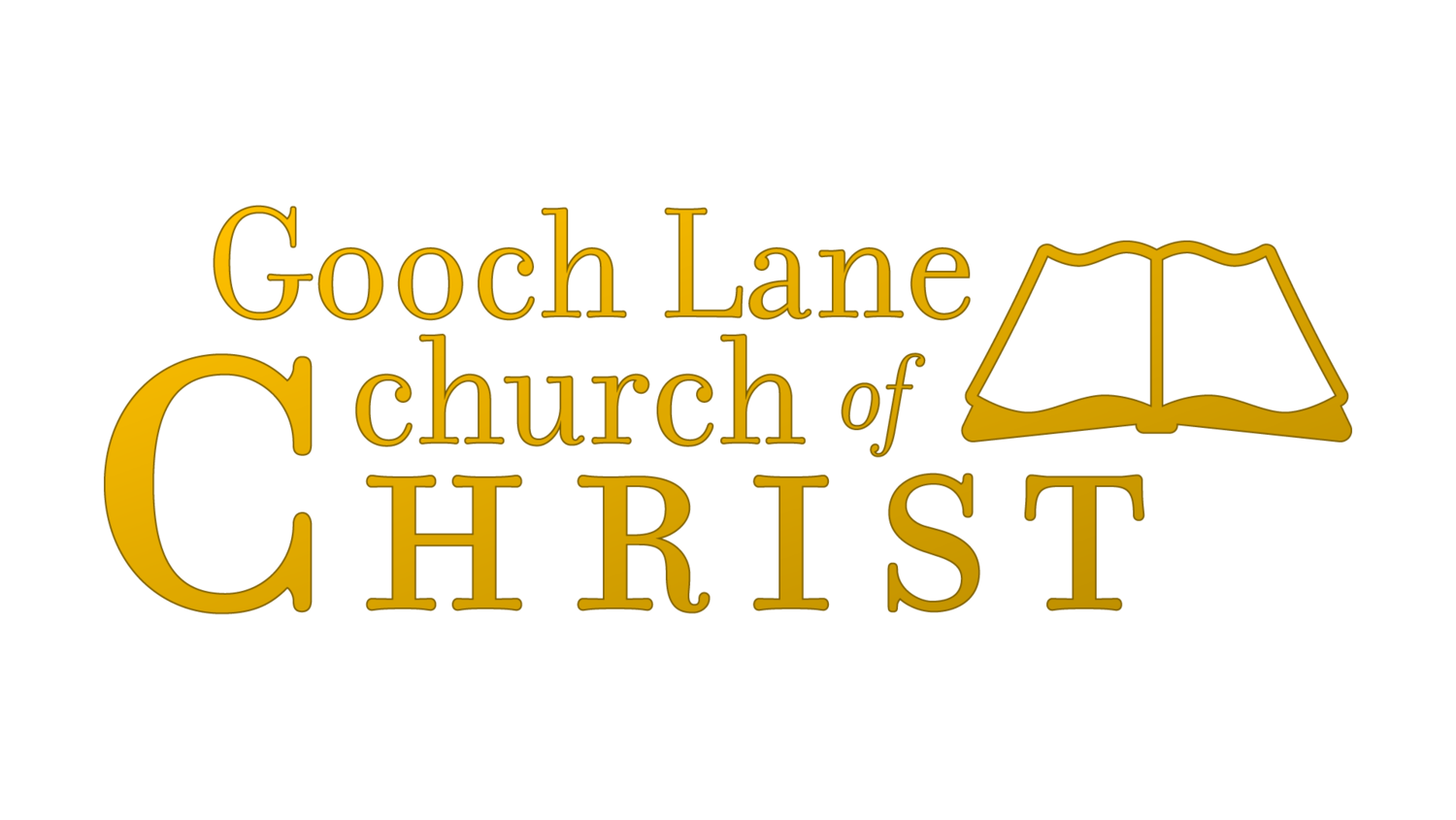Luke Chandler
08/03/15
The Canaanite city of Hazor was a giant in its time, known to Egyptian Pharaohs and Mesopotamian kings. The Bible gives Hazor relatively little “page time” so most Christians today would not include it in a list of important biblical sites. Joshua destroyed Hazor and the city never fully recovered its glory, but it is linked to important biblical events.
Hazor sat north of the Sea of Galilee along the main highway between Egypt and Mesopotamia. Its prominent location and plentiful water attracted people for centuries, and the city flourished up to the time of the Conquest. At its peak, Hazor covered more than 200 acres and had a population between 15,000 and 20,000 people. It was by far the largest city in Canaan. Ancient documents from Egypt show that Hazor’s ruler was the only one among the Canaanite city-states to be addressed as a “king” by Pharaoh. It is no surprise that Joshua 11:10 refers to Hazor as “the head of all those kingdoms” in northern Canaan.
The area of biblical Hazor, covering around 200 acres. (Photo courtesy of BiblePlaces.com)
The city of Hazor was involved in two early conflicts with Israel. Jabin, its king, led a coalition of northern cities against the conquering Israelites but Joshua crushed them in a surprise attack. Joshua 11:11 says Israel burned the city after the battle. Ash deposits from a massive fire have been located all across the ancient site, though some date this particular destruction to a slightly later time.
Hazor apparently recovered to some degree by the time of Deborah. Another king named Jabin (a dynastic name) oppressed Israel from Hazor (Judges 4:2). Jabin’s top general was Sisera, who commanded a force of 900 chariots. Deborah and her general Barak, with assistance from the Lord, defeated Sisera’s chariots.
What happened to Hazor after Sisera’s defeat? The Bible suggests Israel launched a counteroffensive.
“On that day God subdued Jabin the king of Canaan before the people of Israel. And the hand of the people of Israel pressed harder and harder against Jabin the king of Canaan until they destroyed Jabin king of Canaan.” (Judg. 4:23-24)
Did the destruction of Jabin include the city of Hazor? The current excavators believe the ash layer found at the site dates to slightly after Joshua’s time. If this is true (which it may not be), the burning may relate to Deborah and Barak’s counterattack.
Part of an ash layer covering the entire site of biblical Hazor. This is attributed to the city’s burning in the time of Joshua and the Judges.
Canaanite Hazor had an upper city plus a vast lower city, all surrounded by a massive, plastered earthen wall that is still visible. Following its destruction in the Judges period, the city was largely abandoned for several hundred years until the time of King Solomon.
Solomon centralized Israelite society under his increasingly powerful authority in Jerusalem. He recognized the advantages of Hazor’s location and rebuilt the upper city as an administrative center for his government. (1 Kings 9:15) Only the upper city was rebuilt. The lower city was permanently abandoned.
Solomon’s architecture is still visible in excavated areas of the upper city, and visitors can see how the city expanded in the time of King Ahab. Though Hazor never grew to its earlier size, it became one of several important centers.
Hazor marks the beginning and end of Israel in Canaan
The current archaeologist of Hazor describes the city as “Number One” in the Bible. Before Israel’s arrival the city was the largest and most important in all of Canaan. Its destruction by Joshua began the Israelite settlement. Its rebuilding by Solomon heralded the power of Israel’s new national government. Its later capture by the Assyrians (2 Kings 15:29) was the beginning of the Exile. No other city was so directly involved in so many of Israel’s decisive moments.
What do we learn from Hazor?
Hazor was so big, so dominant, and yet the Lord chose to elevate smaller towns in Canaan. Famous places such as Bethlehem, Jerusalem, and especially Nazareth were a fraction of Hazor’s size. (The village of Nazareth had only a few hundred inhabitants in Jesus’ time.) Hazor regrew to be only one of several administrative centers for the Israelite government. No famous Bible person comes from Hazor.
This illustrates what Paul wrote in 1 Corinthians 1:26ff,
“Consider your calling, brothers: not many of you were wise according to worldly standards, not many were powerful not many were of noble birth. But God chose what is foolish in the world to shame the wise; God chose what is weak in the world to shame the strong. God chose what is low and despised in the world, even things that are not, to bring to nothing things that are.”
We determine greatness – perhaps even among Christians – by popularity, competence, wealth, talent, education, and similar measures. Hazor reminds us that God does not need the “great” to accomplish His will. He frequently opts for the humble, even in the circumstances of the Messiah’s birth and life, to serve in great and enduring ways.
As Jesus said in Matthew 23, “the greatest among you shall be your servant.” Hazor teaches us to be humble, to not think more highly of ourselves than we ought (Rom. 12:3). This city’s history illuminates the wisdom of our Great God.
